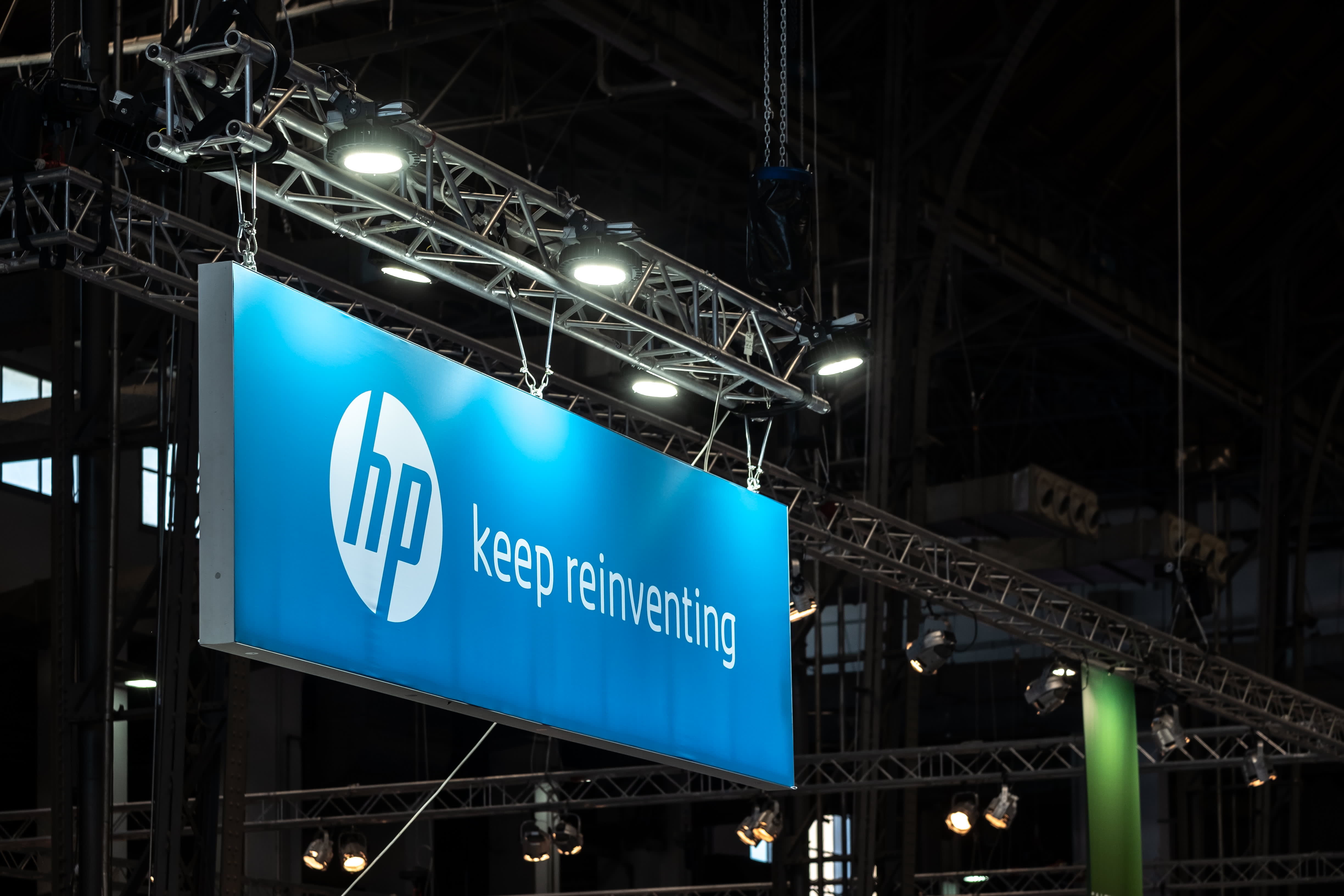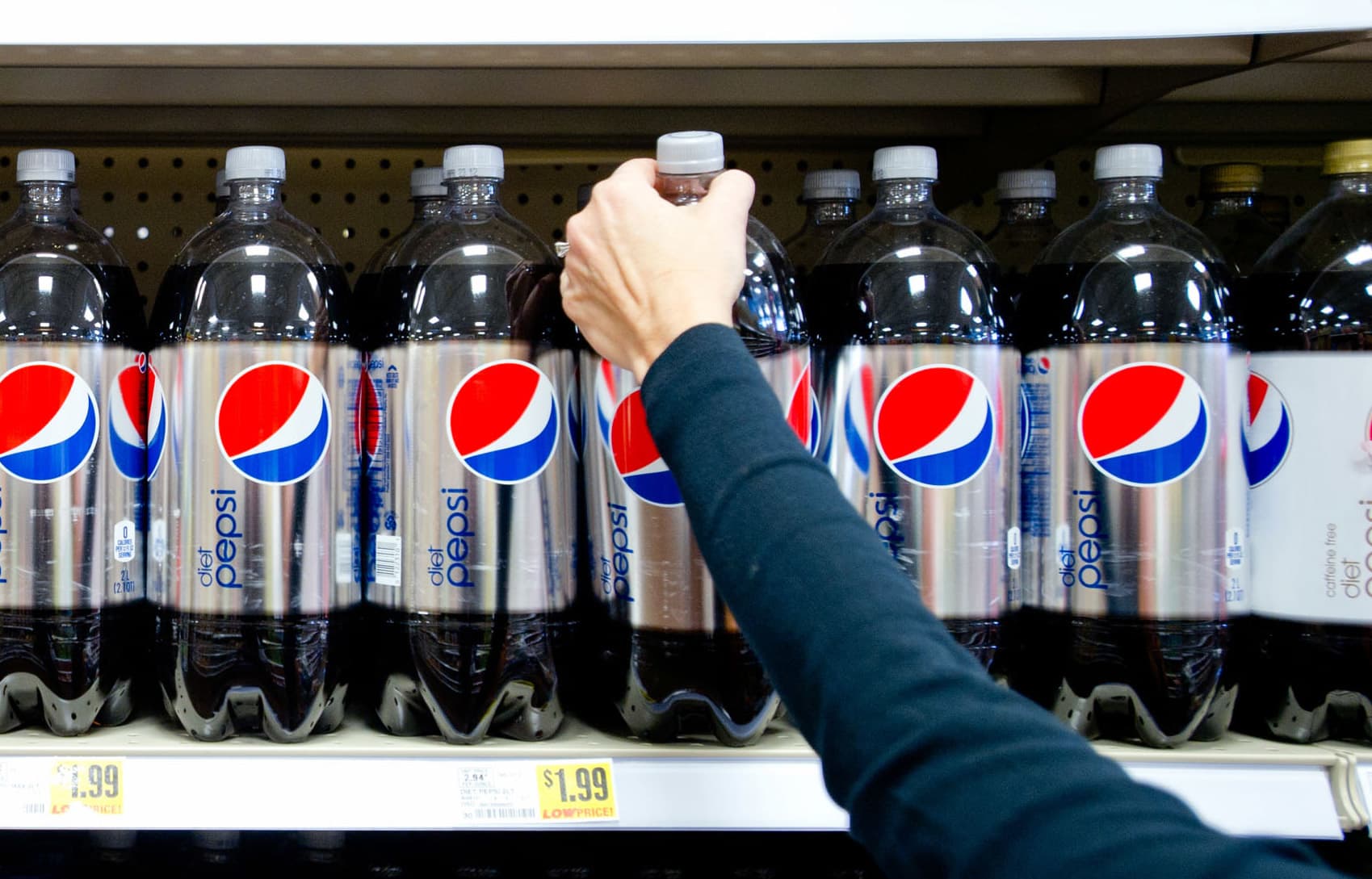We stand at a hazy junction in cannabis business history.
Some Big Weed companies are so “eager to shake off the image of being high-end drug dealers,” as the New York Times recently put it, that their CEOs won’t even cop to sampling their own products. But others in the industry—including six CEOs who spoke to Quartz at Work—will gladly tell you how and why they consume cannabis products, sometimes at the office, perhaps multiple times per day.
The latter bunch are not being reckless with their corporate reputations. They run small to medium-sized companies in one of 11 US states, or in the capital district, where recreational marijuana is legal and cannabis is routinely compared to everyday “drugs” like caffeine or alcohol. As representatives of the modern cannabis sector, touting health and wellness, they’re eager to cast cannabis as a normal aid in daily life, including life at work.
We asked for the details of their habits, hoping to get a sense of how and why people might use cannabis in the workplace. Their answers are below. But first, a couple of caveats.
The CEOs we spoke to all stressed that people respond differently to marijuana, so their own experiences with cannabis shouldn’t be read as a claim or promise of what a product can do for you or for a particular health concern. Secondly, many of the people we spoke to are CBD believers, even though studies can’t really prove either way that this non-psychoactive chemical compound in cannabis (CBD stands for cannabidiol) has any of the benefits ascribed to it. For that matter, we also don’t know with certainty whether THC (tetrahydrocannabinol), the main active ingredient in marijuana, which is intoxicating, can work all the magic that’s attributed to it, like heightened creativity. Scientific studies are still catching up with all of this.
Finally, we’re likewise waiting for science to explain the vaping-related lung illnesses and deaths that have been reported across the US since late summer. Officials in several states have issued advisories urging people not to vape at all, even with legal cannabis products. Nevertheless, a few of our interviewees say they continue to vape, feeling safe about the quality of the products they’re buying; they argue that the crisis illustrates why cannabis should be legalized federally and therefore regulated and inspected.
“I use cannabis specifically to treat ADD.”
Max Simon, CEO of Green Flower, a California-based cannabis education and training platform, says he’s a daily consumer of the plant’s extract. Every morning before work and again right after lunch, he takes 3-5 mg of a pure THC tincture that also contains MCT (medium chain triglycerides) oil, and he microdoses with tinctures throughout the day.
“I use cannabis specifically to treat ADD, which has been a real problem for most of my life, and for which pharmaceuticals were a pretty poor solution,” he says. “Cannabis gives me the ability to focus and be present in a way that nothing else in my whole life has ever been capable of doing.” But while he feels THC keeps his ADD in check without any negative side-effects, CBD triggers it.
For his staff of 17 people, he has a loose policy. “It would be hypocritical of me, quite frankly, to use old practices of thinking in the workplace when it comes to cannabis, when I am using it as a performance enhancer on a daily basis,” he says. His approach: “We instruct people on responsible care, we support people in getting educated, and then we hold very high standards from a culture perspective of what we’re looking to accomplish.”
People are measured according to metrics and goals they set for their personal projects “and if cannabis is helping them there, then we’re in full support of that,” he says. “If anything is a hindrance to that, that has nothing to do with cannabis; that has to do with their performance as an employee.”
“I need to keep my wits about me.”
As the chief executive of Canna Provisions, a retail dispensary in Lee, Massachusetts, Meg Sanders is a pot abstainer during the work day. “I need to maintain my wits about me,” she says, explaining that in her highly regulated business, there’s a constant need to crunch numbers and track inventory. But even outside of work she’s careful, because, as the head of a startup, she says, “your day is never really over.”
But dispensaries like hers also sell THC-free products, like patches or topical creams that contain CBD. A few of these potions will combine tiny amounts of THC with larger doses of CBD, specifically to treat pain or anxiety. “They don’t get in the way of thinking or doing your day job,” says Sanders. “And they are something that I definitely use, especially after long days on your feet in retail. You know, my back hurts, my feet hurt…”
On nights at home when she’s been “running really hard” and needs restorative sleep, she sprays a nano tincture with a 1:1 ratio of THC to CBD under her tongue, for a total of 2.5 milligrams of cannabis. Or she might vape or smoke a pre-roll (a joint that’s sold packed and ready to smoke) of the shop’s Death Star strain and “sleep through the night.”
Cannabis consumption by staff is banned during business hours, unless someone has a medical prescription. But the shop sells cannabis to people who are at least partly motivated by professional ambitions: Artists, chefs, and musicians of the Berkshires—which is teeming with creative types—tell staff that cannabis inspires them and, says Sanders, “helps them be better at their craft.”
“I start with a couple of different multi-cannabinoid complexes.”
Ricardo Baca was the first US journalist to cover marijuana full-time when he took on that beat for the The Denver Post in 2013. Three years later, after 20 years as a reporter, he switched sides, launching Grasslands, a PR agency of 11 full-time workers.
Cannabis, he says, now helps him deal with things he had been shielded from in his former career, like budgets and profit and loss sheets—which are now sources of anxiety for him.
“Every morning I start with a couple of different multi-cannabinoid complexes. I think of them as vitamins,” he says. One is a “straightforward derived CBD capsule” with a few other cannabinoids. “It takes care of any of the cobwebs that I wake up with,” he says.
Then he takes a small bottle of tincture that’s “really loaded”—with more than 1,000 milligrams of cannabinoids, many of which are CBD, but also some rare cannabinoids, or “emerging cannabinoids,” like CBN, or cannabinol, a mildly psychoactive component. (CBD products are frequently said to work best when they contain a full spectrum of cannabinoids, which produces something called “the entourage effect,” a boost of medicinal power as the cannabinoids work in synergy. But not everyone buys this claim.)
This morning regimen, with its “minuscule amount of THC,” has allowed him to cut down on coffee, and he believes it has improved his productivity. “I know I’m going to be working 10 to 12 hours no matter what, and if I am not in a good place that morning, then that could really send a destructive domino effect down the course of my day.”
Baca avoids “THC-forward cannabis” during the workday. That’s a creature comfort of home, where cannabis helps him to disconnect from business pressures and settle in at home with his wife, dogs, and cat. Still, the staff can expect some late evening texts with ideas that range from ridiculous to fantastic. After one pot-inspired evening message, the staff began reading poems to kick off Monday staff meetings.
Baca’s team will sometimes invite journalists or collaborators over to the office for a late-afternoon happy hour and mingle, too. On the table, says Baca, they’ll have beers, and everything weed, including vaporizers, a dab ring, and “flower” (buds of an actual marijuana plant) for rolling. Cannabis functions as a “great equalizer,” says Baca.
And when a client visits and invites him to “a sesh,” Baca doesn’t decline. Maybe they grew the flower themselves and extracted the oil, he says, which makes it hard to refuse.
He recalls one client bringing some novel technology that demanded a demo. “That day I definitely found myself in my office loading bowls at like 11:30 am with my client, and after a couple of hits, I will tell you, I was flying high and feeling great and definitely recognizing that I should not be doing any specific tactical, client-facing work for the next hour.”
“Cannabis has become a critical part of the way I’m able to operate.”
Whitney Beatty, founder and CEO of Apothecarry, in Los Angeles, was a television executive before she launched her business selling attractive cannabis containers as home decor, in 2015. (She thought to herself at the time: Why do we store expensive liquor in a cabinet and high-end weed in a shoebox?) She had avoided cannabis her whole life, she has explained in interviews, until she was diagnosed with anxiety as an adult. Now, she tells Quartz at Work, “Cannabis has become a critical part of the way I’m able to operate.”
To be sure, she’s mostly referring to CBD. “I’m around a lot of cannabis and I want to be clear-headed making decisions with employees,” she says. Besides, because there’s a risk that THC will trigger her anxiety, Beatty sticks to products she knows even at semi-social work functions. For “cannabis-centric” events, she packs her own pre-rolls that have a higher ratio of CBD.
“I’m reticent to make people think that everyone who is in the business is consuming cannabis all the time. I don’t want to put that out into the atmosphere,” she says, “but there is a lot of consumption that happens at conferences of all types—medical, recreational, and everything in between.”
She tends not to be the person who takes everything that’s passed around the circle. But on workdays, she has a CBD vape pen on her person at all times, and she even stashes one in her car’s cup holder to keep her centered in LA’s legendarily anxiety-inducing traffic.
Mornings, she adds to her coffee a tincture with an 18:1 ratio of CBD to THC, with the THC present just for the entourage effect, she explains. “It helps to keep me calm and centered when the shit hits the fan,” she says, “as it always does when you’re in a startup.”
Consuming cannabis helps me “come back to why I’m in this industry.”
Alison Gordon, CEO of 48North Cannabis Corp., a producer and distributor of cannabis products in Toronto, has been using marijuana since she was 15 years old. But she hasn’t built up a tolerance (something she tells us she has heard a lot of women say). So, with more than 100 people relying on her to keep the lights on, indulging in even the slightest puff on the job is totally out of the question for her—even in Canada, where recreational marijuana is legal across the country and tightly regulated.
But not consuming after hours would be absurd, she says. “The way that I work, and lead a company, it very much has to be something that I understand at every level.”
During the day, she’s dealing with bankers and going on road shows, feeling removed from the point of it all. When she’s smoking marijuana at off-sites with staff or at home in the evenings, though, “it’s like I’m a consumer again,” she says. “And so I can sort of come back to, ‘Wait a minute, what is this product? What does this product do? What do people want from this product?'”
Though the cannabis industry has churned out cannabis in a wide array of materials forms, she sticks to joints—her go-to is a strain is one that’s said to be calming—explaining, “I’m old school.”
“I may not be as focused, but I do come up with some really wonderful brainstorming ideas.”
Amanda Jones, co-founder of Kikoko, a cannabis-infused tea company, recently conceived of a clever concept for a marketing campaign for the brand’s new honey shots. She envisioned a monochromatic photo shoot: “Everyone was wearing yellow. The furniture was yellow, the cups—everything.”
The outdoor shoot, in a field of yellow, turned out beautifully, she says. And for that, she partly credits one of her products, Sympa-tea, a brew of turmeric, ginger, black pepper, 3 mg of THC, and 20 mg of CBD. It’s marketed “for pain and anxiety” on Kikoko’s website, but Jones claims it’s the right amount of THC for her to feel creative.
Just to be clear, Jones drank that cup of tea at home in the evening. During business hours, a single milligram of cannabis is her limit, and at the workplace itself, she says, “We have to be careful.” Then she adds, “But I work from home most of the time.”
Some nights she dials up the THC, believing the high enables even more uninhibited thinking. “Let’s say at six o’clock at night,” she says, “I will take around six or seven milligrams of THC,” in one of the company’s stronger brews, Sensuali-tea. “I may not be as focused, but I do come up with some really wonderful brainstorming ideas.”
That tea is meant for “passion and play,” and was blended as a libido booster. “It frees the mind a little bit so that it makes sex better,” Jones claims, “but it also makes ideation and conversation deeper and more fulfilling.”
In after-hours meetings with her co-founder Jennifer Chapin, they may go up to their 10 mg THC tea for problem solving, though they tend to cut themselves off at half a cup.
Jones advises anyone considering a little cannabis helper to start small, because you could always do more. “I probably wouldn’t encourage going straight out and doing seven milligrams of THC at work,” she says. “That could be bad.”
Let's block ads! (Why?)
https://qz.com/work/1693831/how-cannabis-ceos-use-weed-at-work/
2019-10-04 10:01:00Z
52780399536779






